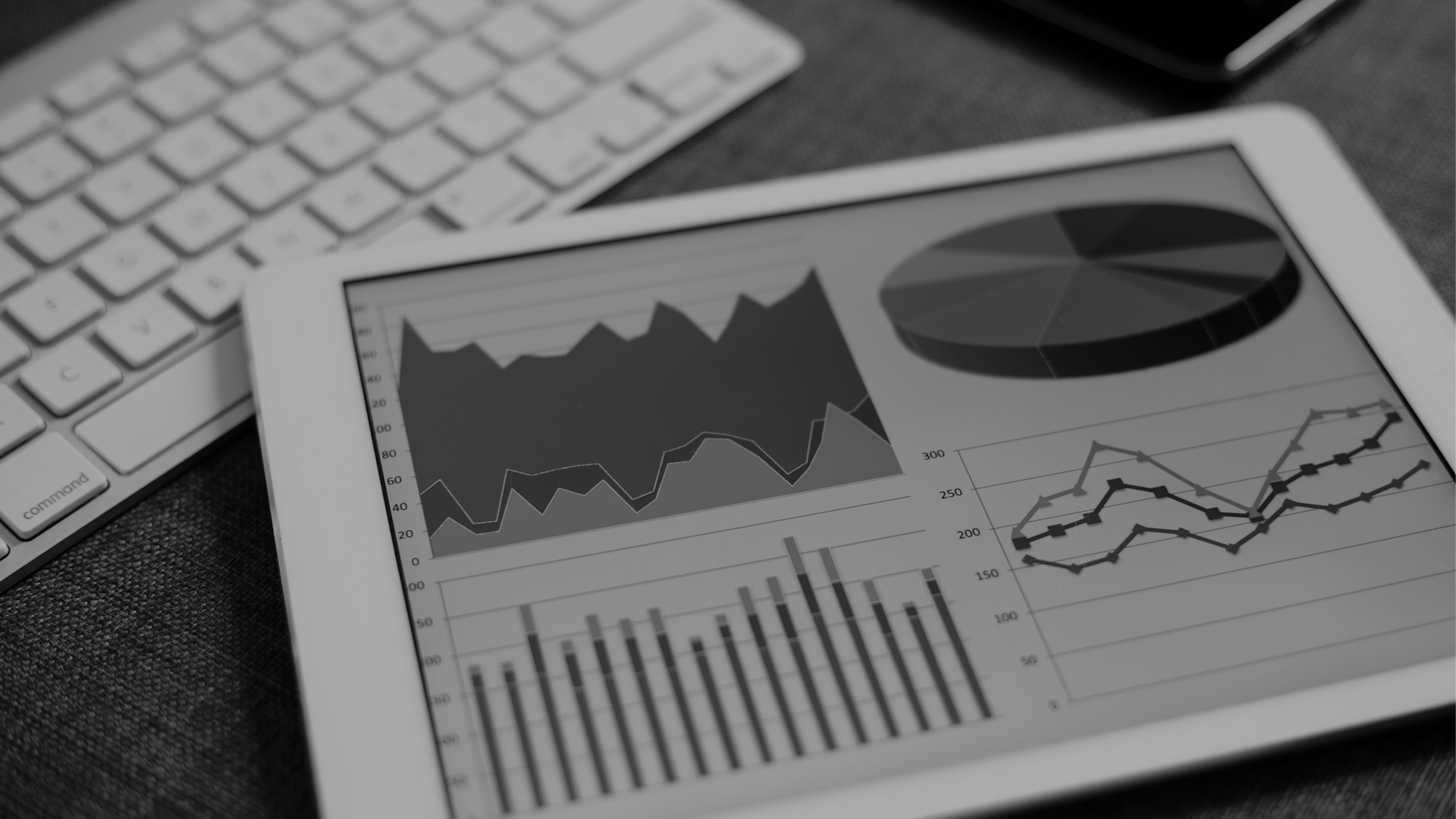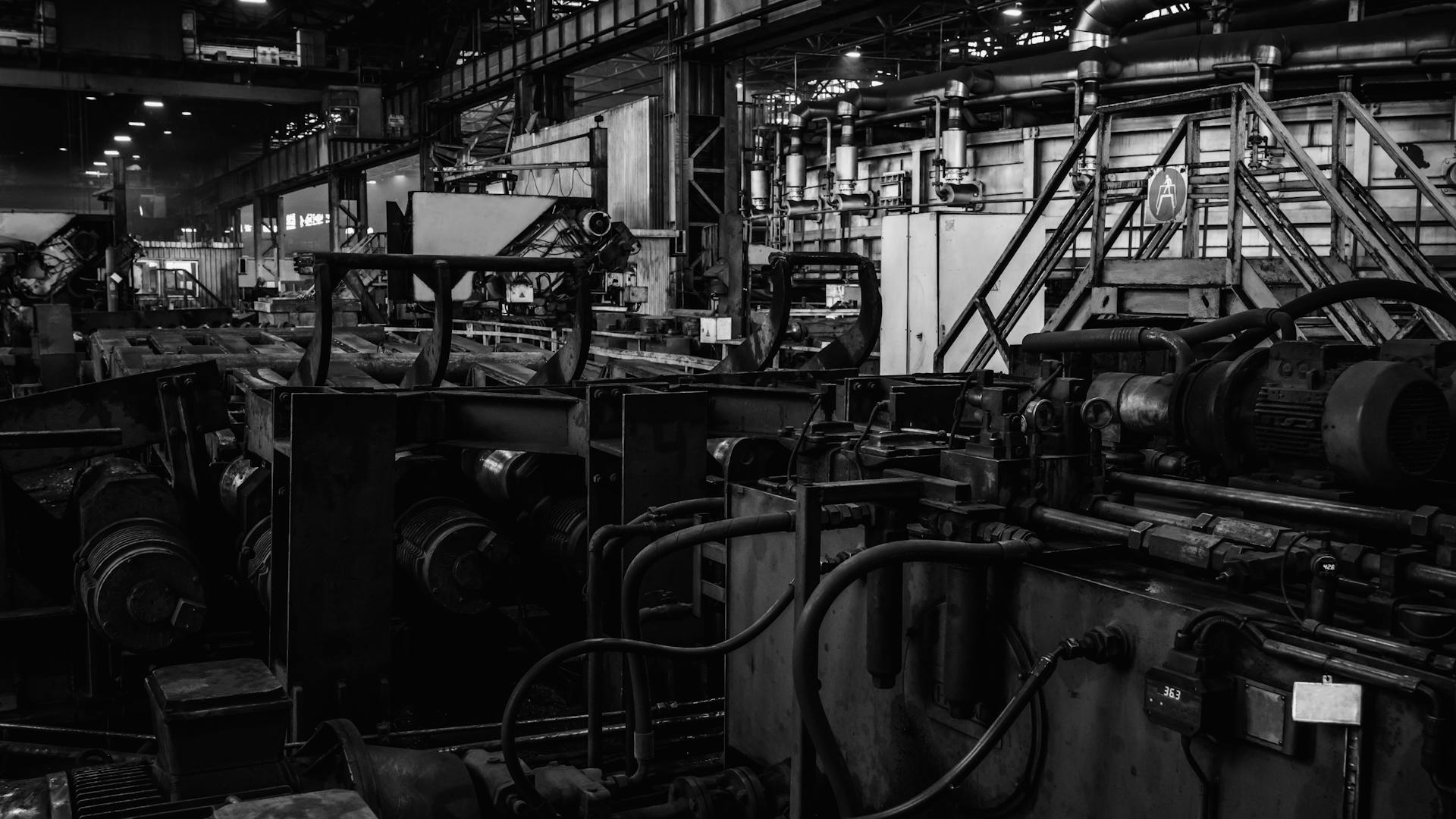As the world continues to confront climate change and resource scarcity, AI-driven IoT and SaaS solutions are emerging as powerful allies in the fight for sustainability. By combining real-time data from connected devices with advanced analytics and cloud-based platforms, businesses and governments can optimize operations, cut emissions, and reduce waste—ultimately paving the way for a greener future.
AI-Powered IoT for Smarter Decisions
Real-Time Analysis
Artificial Intelligence (AI) algorithms can process data from IoT sensors far faster than human analysts, identifying patterns and anomalies in real time. This level of automation speeds up decision-making and ensures resources are used more efficiently.
- Instant Feedback: Alerts detect issues (e.g., equipment faults, abnormal energy usage) immediately.
- Predictive Insights: AI models forecast demand and consumption, enabling proactive adjustments.
Adaptive and Self-Learning Systems
Unlike static rule-based systems, AI-driven IoT continuously adapts based on new data. These self-learning models refine their predictions and recommendations over time, leading to ongoing improvements in sustainability practices.
- Continuous Optimization: Adjusts energy usage, irrigation schedules, or production runs automatically.
- Reduced Human Error: Fewer manual adjustments lower the risk of wasteful operations.
SaaS as a Sustainability Enabler
Scalable Cloud Platforms
SaaS solutions eliminate the need for on-premise infrastructure, reducing both hardware costs and the associated energy consumption. As organizations grow, they can scale up instantly without overhauling physical systems.
- Flexible Capacity: Pay for only the resources you need.
- Reduced Upfront Investments: No expensive servers or large IT teams required.
Unified Dashboards and Collaboration
Because SaaS platforms store data in the cloud, teams can access real-time analytics and shared dashboards from any location. This streamlined approach promotes coordinated decision-making and transparent reporting of sustainability metrics.
- Cross-Team Visibility: Multiple stakeholders can track KPIs and take swift action.
- Standardized Reporting: Consistent data formats and metrics simplify sustainability audits.
Emerging Trends and Possibilities
Edge Computing
Processing data locally—on the “edge”—reduces the need to transmit massive amounts of sensor data to the cloud. This not only speeds up response times but also decreases bandwidth usage, contributing to energy savings.
Blockchain for Accountability
Blockchain can add an extra layer of transparency to sustainability efforts, securely recording IoT data and environmental metrics. Stakeholders can trace resource usage, emissions, and impacts across entire supply chains.
Collaborative Ecosystems
As platforms open up via APIs and standard integrations, more organizations will share data and insights in real time. This collaborative model accelerates innovation in green technology and encourages cross-industry partnerships.
Conclusion
By pairing AI-driven IoT with SaaS platforms, industries worldwide are discovering new ways to minimize waste, lower carbon footprints, and conserve vital resources. Whether through real-time analytics, predictive maintenance, or fully automated systems, these technologies shape a more sustainable future—one where data-driven insights guide us toward smarter, more responsible decisions for the planet and its inhabitants.




